This guest article written by Andrey Ulanov.
In 1942, the Red Army was experiencing big problems with machine guns. Before the war, great hopes were pinned on Dyagterev’s brand new DS-39 heavy machine gun. But this machine gun was unsuccessful (arguably due to obsolete design requirements and ammo quality problems) and its production was quickly discontinued. Increasing the production of old Maxim machine guns proved to be difficult. The Degtyarev’s older DP-27 light machine gun had also gathered negative reviews from the front lines. It was plagued by shortage of disk magazines, which were too complex to manufacture in sufficient quantities and also failed easily in the battle environment.
GAU KA (Main Artillery Directorate of the Red Army) held a series of competitions for a new machine gun, leading to introduction of Goryunov’s SG-43 heavy machine gun as well as several less known models. However, that was not the only outcome of the tests. Vasily Lyuty and Vladimir Deikin, two young NIPSVO officers (NIPSVO being Russia’s primary weapons testing facility) combined the competition insights with
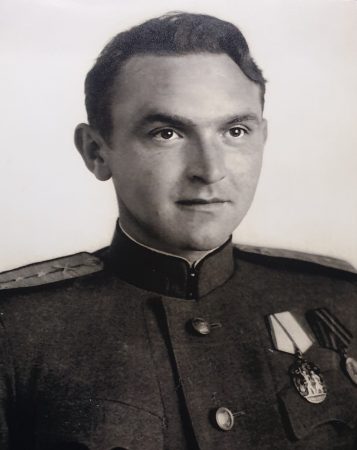
information from the front lines and arrived at an interesting conclusion.
“The experience of World War II has shown that the decisive phases of a combat mostly happen at short distances, usually not more than 300-400 meters. At these distances, the power of a pistol cartridge with initial speed of about 600 m/s is quite enough to inflict proper damage on enemy troops”.
The choice of the 7.62×25 mm TT cartridge (née 7.63 mm Mauser) greatly simplified the issue of creating a new weapon. This cartridge was already mass-produced for Soviet submachine guns. A weapon built around this cartridge would be compact and lightweight, but Lyuty and Deikin were just test officers. They needed the help of a qualified firearms designer. Nikolai Afanasyev, a former Air Force sergeant turned NIPSVO in-house weapons design specialist, became their third co-author. Several months later in August 1943, LAD LMG (also LDA in some documents) completed a full test cycle at the shooting range with flying colors.
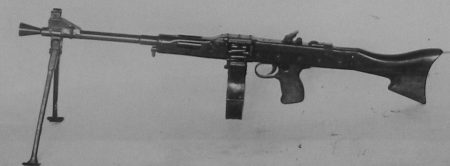
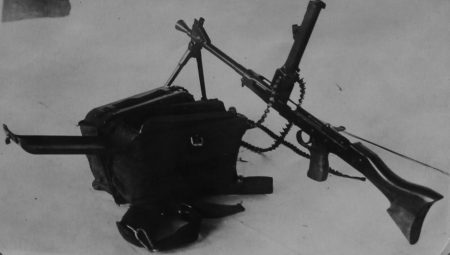
The action of this automatic machine gun combined both free bolt recoil and the gas operation scheme. The weight of the LAD with a bipod was only 5.3 kg (no ammo) or 7.63 kg with 150 cartridges in a belt inside a box. The total length of the machine gun was 956 mm. It was made of 1.5 mm sheet steel. The main manufacturing operations were stamping, riveting and welding. So it was a reasonably light-weight and compact machine gun ready for cheap mass production. Lyuty and Deikin subjected their brainchild to the most severe of tests available at NIPSVO, from leaving it at the bottom of a swamp to covering it in cement dust. Notwithstanding, LAD only had 5 delays out of 1750 shots.
Next came target shooting tests at multiple distances. The test setup was not modern IPSC exercises. The range imitated a battlefield, including multiple targets that were put in line formation to imitate the enemy’s advance and the enemy’s machine gun nest. More targets simulated a bypass maneuver, which required the shooter to shift the direction of fire. The test pinned LAD against PPSh, Russia’s most successful SMG at the time. The first stage showed that the LAD shooter managed to fire 600 rounds in less time yet got more hits. The test report read,
“Basic calculation shows that using a single LDA machine gun as part of a rifle squad almost doubles its firepower at distances of up to 500 meters.”
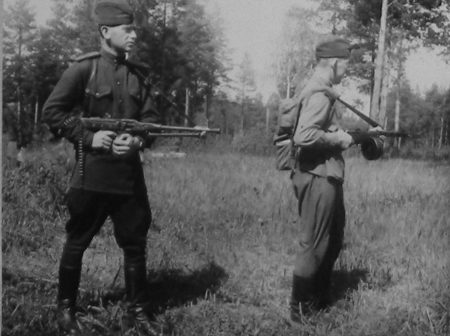
The LAD machine gun was approved and recommended for the production and armament of the Red Army. But it was too late. At this time GAU was already engaged in several intermediate cartridge projects and corresponding weapons. GAU adopted the “heavy avtomat” idea, which subsequently split into an assault rifle and a light machine gun concepts. Its first results were the AS-44 (Sudaev avtomat) and the RPD-44 (Degtyarev’s light machine gun). As the LAD project was abandoned, Nikolai Afanasyev went on to become a renowned firearms designer and created a whole series of weapons from SMGs to aircraft guns.
Lyuty stayed at NIPSVO, while Deykin was promoted to GAU. In 1946, they both supervised a series of tests of proposed assault rifles. One of those rifles received particularly negative reviews and its inexperienced designer was almost sent home. However, Lyuty insisted on giving the designer another chance. The designer’s name was Mikhail Kalashnikov, and the rifle was named AK-46. Shortly thereafter, Deykin helped Kalashnikov to move to Kovrov factory, leading to the creation of the AK-47, the world’s most popular assault rifle ever since.
Were it not for these two officers the global firearms landscape could have been very, very different.
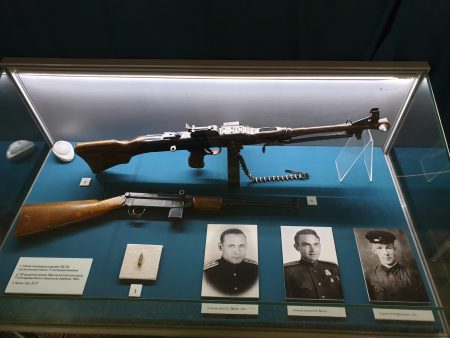

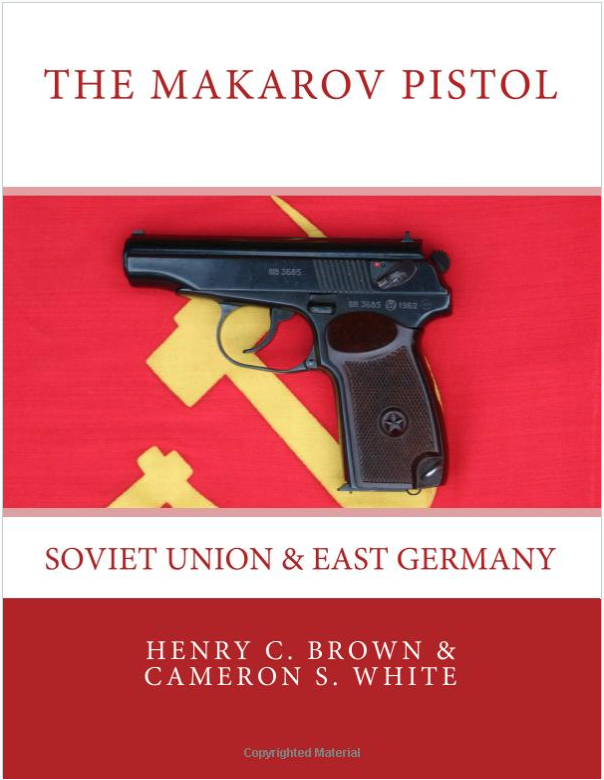
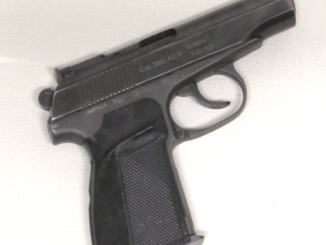
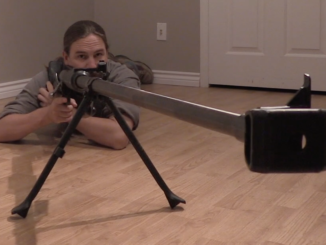
great read
“(…)Nikolai Afanasyev went on to become a renowned firearms designer and created a whole series of weapons from SMGs to aircraft guns.(…)”
Interestingly his other weapon for pistol cartridge was much closer to compact/lighter end of scale, however it also used another cartridge (9×18) OTs-02 https://modernfirearms.net/en/submachine-guns/russia-submachine-guns/oc-02-kiparis-eng/
had he not helped Kalashnikov i wonder what would have filled the gap until the m16 came out.
Work on a new automatic weapon in the USSR has been going on since 1944. In 1947 there was the final of one of the stages. Kalashnikov, Bulkin, Dementyev made very good variations. The Kalashnikov model was chosen as the best. Others needed a little more time. AK-47 was made for the specific requirements of GAU. Especially the requirements for reliability.
In addition, a new weapon of Czechoslovakia was tested in the USSR.
In any case, the USSR would have received its “Kalashnikov avtomat” from another designer. AB-48 or AD-49 :)))
“(…)what would have filled the gap until the m16 came out.”
Most probably one of top performing rivals of Kalashnikov’s design:
TKB-415 https://en.kalashnikov.media/video/weapons/avtomat-bulkina-tkb-415
xor AD-46 https://kalashnikov.media/video/weapons/ad-46-opytnyy-avtomat-dementeva
though there were many many many others, see samples here https://arsenal-info.ru/b/book/2240698102/8
Also there were works at intermediate cartridge firing weapons in other countries, in United Kingdom there were weapons developed for .280 cartridge, among others
https://guns.fandom.com/wiki/Janson_EM-2
https://guns.fandom.com/wiki/Thorpe_EM-1
https://guns.fandom.com/wiki/BSA_28P
in France CEAM Modèle 1949 https://guns.fandom.com/wiki/CEAM_Mod%C3%A8le_1950
in Switzerland there was apparently tinkering with at least intermediate cartridge https://www.cartridgecollector.net/765-x-38-swiss
I forgot about FN FAL which finally is 7,62×51 NATO but there existed .280 prototypes, see 1st photo from top: https://modernfirearms.net/en/assault-rifles/belgium-assault-rifles/fn-fal-l1a1-c1-slr-eng/
As a weapon for inflicting “I think I am done fighting for today” injuries at 200-300 meters, this might have worked quite well. But I’d be concerned about inadequate suppressive effect, particularly as 7.62mm Tokarev will go subsonic at about 200 meters . Suppressive effect depends on loudness plus volume of dirt, etc, kicked up by the near misses, and 7.62mm Tokarev is likely to come up short on both fronts.
I think it would haver reigned supreme in places like Stalingrad. But by 1944, there was only one urban battle that mattered to the Red Army.
Doctrine and real world use are important.
The machine gun can be designed to hit the target like a shotgun or an aircraft cannon (German) or make noise with a not-too-fast rate of fire to persuade the receiving end to lower head for longer periods (US).
This concept of machine weapon seems to tend more toward the German style.
I wonder if either of these designers ended up designing something similar in 7.62×39 given that the cartridge was right around the corner?
P.S. My thanks to Andrey Ulanov for the interesting article.
Yes, there was a variant of a light machine gun chambered for a new cartridge. But so far, very little information has been found about him.
“(…)designers ended up designing something similar in 7.62×39”
Yes, see images https://kalashnikov.media/article/weapons/otchet-strelkovogo-poligona-pulemet-afanaseva
Full Auto, check. Smaller cartridge, check. belt fed, check. One man portable, check.
sounding familiar? Like the Minimi or SAW, just a while earlier?
I find it very interesting that the overall package looks rather like a scaled down MG-42. I wonder if this was a deliberate homage to
a feared or respected opposing weapon? I rather like it! It would be fun to have one.
The gun “combined both free bolt recoil and the gas operation scheme.” Now I want to know more! More!
You can never tire out a gunbug with too many details.
By free recoil, does Mr Ulanov blowback? Is this gun use a gas-assisted blowback mechanism?
Gas-assisted blowback, exactly. Thank you for helping with the terminology!
Yes, this is a blowback, I tried to translate it too literally. Here is part of the test document.
https://yadi.sk/i/Nvt1bGkKkRrhdQ
In the last photo, what is the gun under the mg ?
I thought pistol caliber MG is an unique craziness devised only by germans, from Coenders MG;
it seems there is more to that story and idea from the same timeframe, this is a perfect example.
I I Remember right, there are also a Checoslovaquian SMG that comes with a bipod an interchangeable barrel
Do you mean ZK 383 https://modernfirearms.net/en/submachine-guns/czech-republic-submachine-guns/zk-383-eng/
Note that this weapon is feed from box-magazine rather than belt.
The other gun in that glass case is Korovin’s TKB-728, a 7.62mm self-loading carbine using the same 7.62x25mm cartridge (which is why they are displayed together). Here’s a ton of pictures of that display case in Saint-Petersburg, Russia: https://yuripasholok.livejournal.com/12349703.html
The TKB-728 seems sort of like a Soviet version of the M1 Carbine. Small, handy, hot pistol caliber carbine.
M1 carb. round is still closer to assault rifle then pistol…
Pretty much right in the middle between a powerful pistol cartridge and a ‘true’ intermediate cartridge for an assault rifle. By 1940s standards that is. Nowadays there of course are many very powerful pistol and revolver cartridges available, but they didn’t exist back in the 1940s.
If you need “(…)pistol caliber MG(…)” then get S17-100
https://guns.fandom.com/wiki/Steyr-Solothurn_S17-100
fires pistol cartridge and is destined to be fired from tripod
LAD. It was never intended as an army machine gun. Rather, a stand design, to test the idea itself and a number of design solutions. Some of which were later used on other, already “normal” machine guns.
In a practical sense, the system is completely useless, although technically interesting.
This idea is really fuzzing up difference between two opposites – SMG and MG. Is there use of ‘lacking’ pistol cartridge for such a weapon? Obviously yes. But then we are back to PPSh43. The circle is closed.
But, it is good to see that everything was tried, so now we know it and do not have to experiment, over again. Good to see more input from Russian authors into this, now fully international forum. Ian can be proud for work, he has once begun. I think this is an unprecedented feat.
It was not difficult.
Although costly.
Since they never understood the current trends in machine gun construction, they simply copied everything they could get to.
Sometimes it turned out to be something viable.
Sometimes, not even much worse than the prototype.
But mostly, they were stillborn freaks who went to the oven.
This always happens when the design is carried out at random, like “what if you attach wings to a hippopotamus” not just without nuances, but even without understanding what the final result should be.
As it looks (and this should be of no surprise) the specification/ initial input is as important as actual design conduct. Often the task comes from user/ military and sometimes (as FN used to do) from sales/ marketing. Experience shows that the first one is not necessarily more successful.
Russians are sitting on a mountain of fireams information, that was hidden or unknown in last 80 years.
Lots of their types were influenced by German designs. We had recently (I think it was Daweo who brought it up) opportunity to see one Russian pistol developed by Tokarev, right before WWII. It looked a lot like Walther P38. Never put into production though. Red Army officers used a plenty of German trophy pistols.
Rapallo Treaty.https://en.wikipedia.org/wiki/Treaty_of_Rapallo_(1922)
Two pariah states: A WWI defeated Germany secretly teams up with Bolshevik Russia… Allowed the Reichswehr and Red Army to tinker and work up future ideas while Stalin prepared for the capitalist powers’ attack on Red Russia and German rearmament after the Versailles Treaty was torn up.
“(…)PPSh43(…)”
What do you mean by this? PPSh-2
https://modernfirearms.net/en/submachine-guns/russia-submachine-guns/ppsh-2-eng/
?
Sorry for mix-up https://en.wikipedia.org/wiki/PPSh-41
Very interesting.
Reminds me of the circa 1944 British Army study/paper that concluded that out to 200M the Sten gun was more effective than either the SMLE/No4 or, IIRC, the Bren.
Not saying it was right, and it was pre-assault/intermediate rifle theory and development, but food for thought.
There is definitely a thing about volume of fire “overmatching” (who invents these military neologisms?) precise marksmanship, a lesson learned every time soldiers fight each other in war (as opposed to COIN/policing tasks, where particular constraints apply).
Be that as it may, in the armament system of the red army (probably, also of any normal army) such a device simply did not have a place.
They would have had to completely transfer the department to PPSh+LAD. This means giving up weapons chambered for a rifle cartridge.
Comments, as they say, are superfluous.
Such competent and experienced specialists, as they were at the Polygon at that time, could not help but understand this.
https://youtu.be/1VyYbn8ZKzY
This would have been one hell of a proto-SAW had it been chambered in .30 carbine.